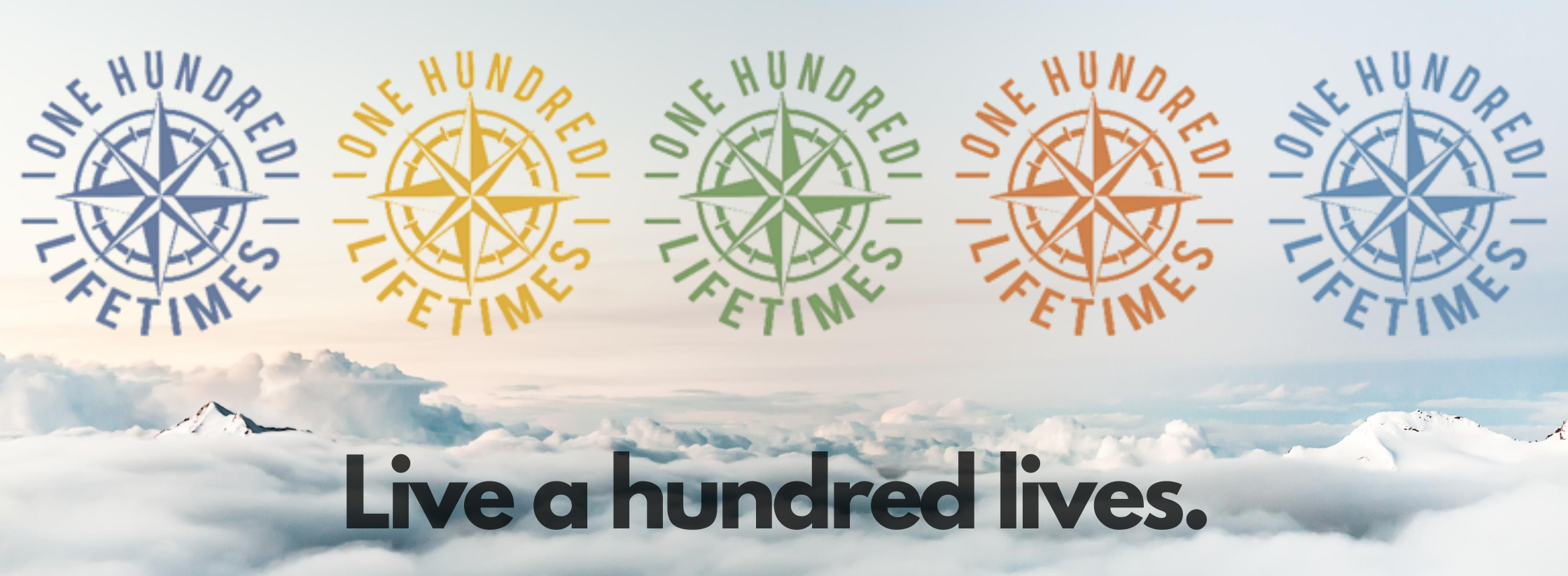
This post picks up where I left off in the first instalment of my South African surf adventure. We continued our journey up the east coast into warmer waters and humid climes. Gone were the big city lights of Cape Town, replaced by the realities of rural Africa. Far from the preoccupations of normal life, there was only one thought on our minds each day: how were the waves?
Jeffreys Bay
Beaches:

Island Vibe backpackers on the southern fringe of Jeffreys Bay (J-Bay) has two terrific waves on its doorstep. Kitchen Windows is an A-frame reef break, offering surfers the elegant prospect of “splitting the wave” (from the peak, one surfer goes left and the other right). With a little more paddling, you reach Phantoms, a superb right-hand point break that you can ride all the way to the beach in ideal conditions. Probably steer clear of Supertubes unless you’re advanced – although famed as one of the longest and cleanest right handers in the world, the locals here are the most protective in South Africa.
Skills:

With longer rides on the menu at J-Bay, it was time to work out what we should actually be doing once past the initial euphoria of standing up on an unbroken wave. Head directly down the face and you’ll generate a lot of speed at first, only to end up stalling in the flat section at the bottom. A better bet is usually to initiate a turn while you are still in the top two-thirds of the wave, which holds most of the power. What to do when you hit a calmer section? One option is to bounce up and down on the board (bending and compressing the knees) to generate speed. Alternatively, shift your weight onto the front rail to initiate a cutback turn into the power source.
Rest days:

For future travellers, I should probably note that Bloukrans bungy is nearer to Plettenberg Bay (a stop from part 1 in this series). But due to a stomach bug circulating around the group, we waited until J-Bay, when everyone was back on top form, to tackle the world’s highest bridge-based bungy jump. Access to the underside of this traffic bearing bridge is via a zip line. There are two bungy cords: the primary one attached to your ankles and a back-up connected via your chest harness. Once hooked up, there’s nothing for it but to stretch out your arms and make the leap into 216m of oblivion. Also, check out the quintessential surfer town of J-Bay, including a stop for lunch at The Mexican, a favourite haunt of such surfing legends as 11-time world champion Kelly Slater.
Chintsa
Beaches:

Chintsa is a wilder and more rural spot than the ramshackle town surrounding J-Bay. Walking to the beach from our accommodation at Buccaneers Lodge felt like entering the jungle. You may well get this beach break all to yourself and if not, it’s so long that you should still be able to pick out your very own peak. I found the surf here quite choppy and unpredictable, though that might have had something to do with the onshore winds that plagued our stay. To mix things up a bit, try your luck at the more southerly beach breaks of Glen Eden and Yellow Sands. One afternoon at the former, a surprise thunderstorm rolled in from the east, leaving us battling 6-foot waves and forks of lightning.
Skills:

By this point in the trip, we were all familiar with using rip currents to get out the back. But during our sojourn in Chintsa, we encountered serious cross-rips for the first time. Within a few minutes of paddling out, we were dragged most of the way down the beach, and needed to ride back in to avoid being pulled onto a treacherous rocky headland. Setting markers using fixed points on the land to keep track of one’s position became critical. We also learned to cope better in choppy conditions, taking advantage of sudden, sharp peaks to generate sufficient speed to access the wave.
Rest days:

Being out in the middle of nowhere, there’s not much going on in Chintsa apart from the surf. Our visit to the local watering hole on Saturday night found the establishment completely dead, save for some surf coaches on the terrace and a lone guitarist warbling into a microphone. My beach volleyball skills certainly improved, thanks to a court handily situated in the grounds of our hostel. On three occasions we made the pilgrimage to the public pool in East London to practice swimming 400m in under 9 minutes, a requirement for the surf lifeguard course. The pool changing rooms are in the architectural style of the Soviet era and, if that doesn’t put you off, the water smells like the runoff from a nuclear waste facility.
End Note
If you enjoyed this article, then read on for the final part of the series here. And, if you missed out on part 1, you can find the first instalment of my surf odyssey here.
